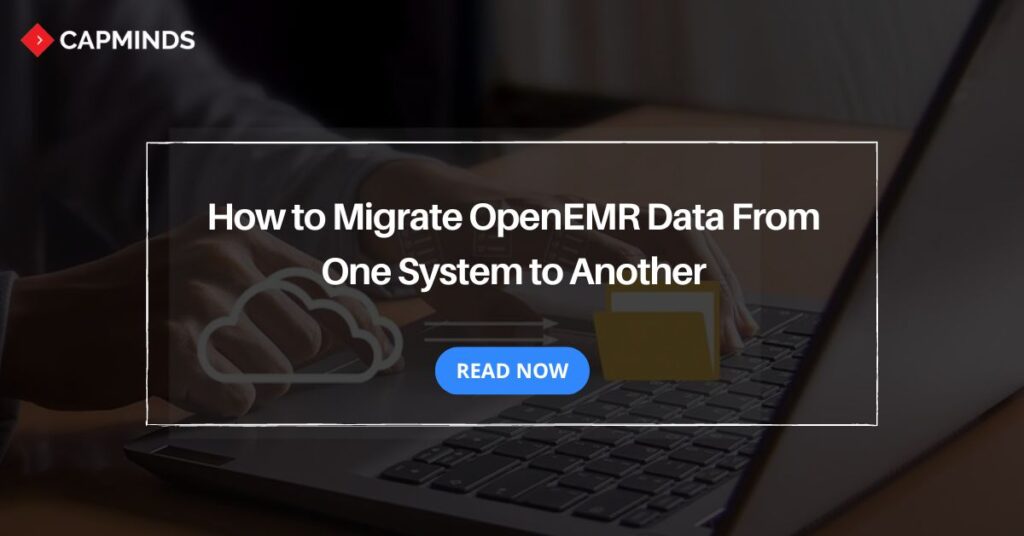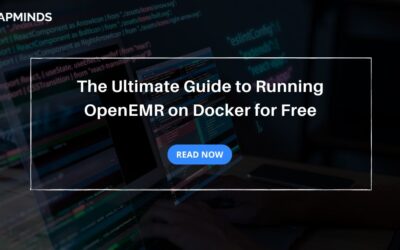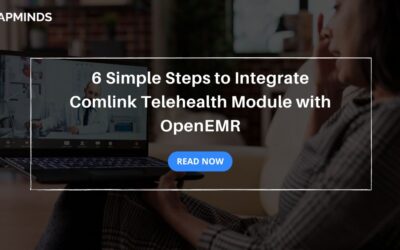How to Migrate OpenEMR Data From One System to Another
Migrating OpenEMR data from legacy systems to new ones can be a frustrating task for healthcare practices, especially when dealing with sensitive data. Whether you’re upgrading to a newer system or switching vendors, effective planning and execution of data migration is crucial to ensure data integrity and patient privacy.
In this guide, we’ll walk you through the step-by-step process of seamlessly migrating OpenEMR data from one system to another. From pre-migration preparation to post-migration activities, we’ve covered every aspect of migrating OpenEMR data from one system to another, making the data transition smooth.
By following this step-by-step process, you can minimize downtime, reduce the risk of data loss, and maintain regulatory compliance throughout the migration process.
Related: 6 Strategies to Migrate Patient Data From Any EHR to OpenEMR Efficiently
Migrate OpenEMR Data From One System to Another (Step-By-Step Process)
1. Pre-migration preparation
Before starting to migrate the OpenEMR Data, you need to access the current system and determine the scope of migration. This includes identifying the types of patient data you need to migrate, like patient demographics, medical histories, billing information, and any other information.
Additionally, you’ll need to clearly understand the data formats and structures used by legacy and new target systems. This will help you plan the migration to ensure a seamless transition.
2. Backup Data
After planning, it is highly recommended to back up the health data for safety measures. Backing up OpenEMR data will protect the data from human errors, migration failures, data corruption, or any mistakes. To create a data backup, follow these steps:
Go to OpenEMR dashboard > Admin > System > Backup > Create Backup
Move the backup files to a safer place. This backup will act as a safety net, enabling you to recover your data and settings if something goes wrong with the migrating process.
3. Data Extraction
The very first step of migrating OpenEMR data to the new system is to extract data from the legacy system. Based on the system’s capabilities, you may be able to extract the data using In-built tools or using third-party tools to extract the necessary information.
This is necessary to ensure that the extracted data is complete and accurate and maintains its integrity throughout the extraction process. You also need to implement data masking to protect sensitive patient health information during the migration.
4. Data Transformation and Mapping
Once all the data is extracted from the legacy electronic medical system, you’ll need to transform and map it to the data structure and format required by the new system. This process typically includes:
- Data Cleansing
- Normalization
- Restructuring
During this process, you’ll need to carefully map the data fields, identify any potential conflicts, or inconsistencies, and develop strategies to handle them. This may involve manual intervention, automated scripts, or both combined.
5. Data Uploading
With the transformed and mapped data, the next step is to upload it into the new system. This process involved importing data into appropriate tables or databases, following the prescribed formats and structures to the target system.
It is essential to thoroughly test and validate the data loading process to ensure that no data is lost or corrupted during the migration. Run test migrations in a staging environment or perform data quality checks and reconciliations.
6. Data Validation and Testing
After successfully loading the data to the new electronic medical records system, it’s necessary to validate the accuracy of the migrated data. Comprehensive testing and validation processes include:
- Ensuring all the relevant data has been successfully migrated with no mission records or information.
- Verify that the migrated data accurately reflects the original data with no errors or inconsistencies.
- Test the functionality of the new system using the migrated data to ensure all the features and processes are working properly as expected.
- Involve end-users in testing the migrated data and the target system to ensure that it meets the requirements.
7. Post-Migration Activities
Once successfully validated the migrated data and confirmed accuracy, here are a few post-migration activities you’ll need to consider:
- Determine the appropriate approach for archiving or retaining data from the legacy system, in compliance with relevant regulations and organizational policies.
- Provide comprehensive training sessions to end-users on the new OpenEMR system.
- Establish processes and procedures for ongoing data management, including back-ups, updates, and integrations.
Migrating OpenEMR data from one system to another is a complex test and is associated with potentially challenging endeavors. By careful planning, execution, and validation, you can ensure a successful transition while maintaining the integrity and accuracy of medical records.
Related: The Use of HL7 FHIR in OpenEMR: An Exclusive Comprehensive Guide
CapMinds OpenEMR Data Migration Service
Due to the necessity of securing sensitive health data and seamless data migration processes, healthcare practices must rely on reliable OpenEMR Data Migration Services—where we come in – CapMinds OpenEMR Data Migration Service. Whether you’re frustrated with the complexity of OpenEMR data migration or technical hurdles, CapMinds is here to help you.
We’re a leading OpenEMR Customization, Data Migration, Interoperability, and other health tech services providing high-quality services with cost efficiency.
Our experienced technical staff can help you smoothly handle any obstacles that may arise, including patient ID mapping, incompatible data formats, transfers of past medical records, and validations.
Put your trust in CapMinds’ EMR data migration solution so you may concentrate more on providing superior patient care. Get in touch with CapMinds and use their tailored data migration service to facilitate a seamless transition to your new system.



